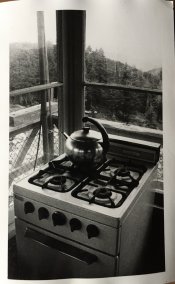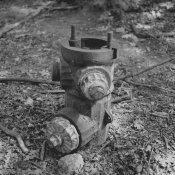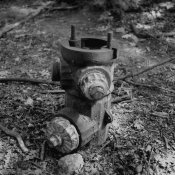Juan Valdenebro
Member
Hi braxus,
If you don't wet print, AND you don't develop your film, there's just no way you can get the most out of any film...
It's that simple...
No matter what your labs do or tell you, you just can't know anything for sure, and you just can't calibrate your materials for a constant output...
That's why everybody's telling you more or less the same...
Now: you can do in your best possible way what you're doing, and that's digitally photographing negatives with your scanner after you're not sure how they were developed... So your only possible road is adjusting digitally for a digital final print, and even if those can be greatly or poorly done, you just can't use a film's best design character because films are made for wet printing...
Without developing youself -at least- you're playing a different game while you talk about and want the real game...
Anyway, don't get me wrong: with the game you're playing, you can express yourself too...
If you don't wet print, AND you don't develop your film, there's just no way you can get the most out of any film...
It's that simple...
No matter what your labs do or tell you, you just can't know anything for sure, and you just can't calibrate your materials for a constant output...
That's why everybody's telling you more or less the same...
Now: you can do in your best possible way what you're doing, and that's digitally photographing negatives with your scanner after you're not sure how they were developed... So your only possible road is adjusting digitally for a digital final print, and even if those can be greatly or poorly done, you just can't use a film's best design character because films are made for wet printing...
Without developing youself -at least- you're playing a different game while you talk about and want the real game...
Anyway, don't get me wrong: with the game you're playing, you can express yourself too...






 I withheld goin B&W because of not having darkroom access and now that I do, tend to use it much more. Another reason is that the labs I saw were quite expensive for B&W and DIY can be just cents. For me it's masses of film to develop that may seem a chore.
I withheld goin B&W because of not having darkroom access and now that I do, tend to use it much more. Another reason is that the labs I saw were quite expensive for B&W and DIY can be just cents. For me it's masses of film to develop that may seem a chore.



